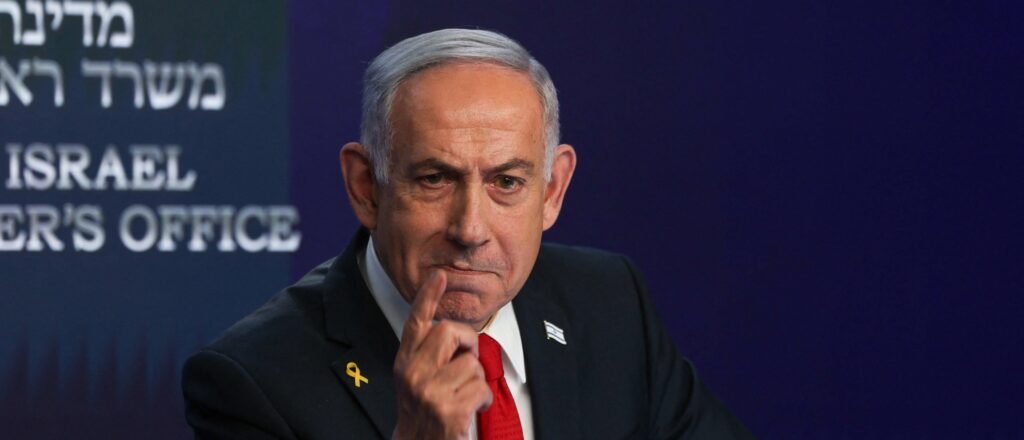Israel remains a prominent player in a complex region.
This doesn’t undermine the role of the United States, though. With 75 precision-guided munitions, including the GBU-57 Massive Ordnance Penetrator, and a variety of Tomahawk missiles, the U.S. has strategically regained its footing. Importantly, there have been no American casualties, and Iran’s limited retaliation doesn’t count when it comes to performance. The lack of American “boots on the ground” reinforces this. It’s clear that the U.S. is committed to supporting its allies, particularly Israel.
This kind of understanding has been absent for quite a while, reshaping the regional landscape.
For years, I’ve discussed security in the Middle East, emphasizing that America’s initiatives regarding the Arab Spring, following President Bill Clinton’s Oslo agreements and the concept of “two-state solutions,” ultimately failed. These missteps fueled the rise of Iran, bolstered by backing from China and Russia. Countries like Libya, Tunisia, Egypt, Iraq, and Syria have seen revolutions. Meanwhile, parts of Lebanon, Yemen, Saudi Arabia, Jordan, Morocco, the UAE, Bahrain, and the Palestinian Authority have been destabilized. Efforts by the Bush and Obama administrations to push American-style governance through military means have often led to disaster, as seen in Afghanistan.
The civil war in Libya unleashed a flood of arms throughout regions like Chad, Mali, and Niger. Africa has been affected by groups like Boko Haram and Al Shabaab, with substantial funding from Iran. Currently, there are around 35 non-international armed conflicts in Africa, leading to the deaths of hundreds of thousands, particularly among civilians and Christians in places like Mozambique and the Democratic Republic of the Congo.
China and Russia have aligned themselves with Iran, primarily to counter U.S. interests. China has been supplying Iran with weapons in exchange for oil, while also making profits from the shifts happening in Africa, gaining exclusive access to necessary resources. Russia, for its part, has exchanged drones and other military supplies for its involvement in the war in Ukraine.
Alongside North Korea, these nations form what many call the “axis of evil,” seeking to control essential natural resources and disrupt stability in the Middle East and Africa. This has led, in part, to a large influx of migrants into Europe, creating further instability.
In light of this chaos, Israel has worked hard to maintain security. It has offered the Palestinian state led by Mahmoud Abbas proposals three times and has made efforts to manage security in Judea and Samaria when the Palestinian Authority failed to act against Hamas. Israel has also engaged with Jordan when the Iranian threat loomed.
Moreover, Israel has supplied gas, water, and electricity to Gaza, along with providing work permits aimed at improving relations. Healthcare assistance was extended to Syrians caught in their civil war, where over 500,000 lives have been lost. Agreements concerning maritime borders with Lebanon were also established, with hopes for tranquility.
These contributions, however, weren’t enough, particularly during the Obama and Biden administrations, which believed that appeasing Iran with funds and recognition was the way forward.
The attack on October 7 caught many by surprise.
The subsequent violence from Hamas seemed intended to derail any potential agreement between Israel and Saudi Arabia. Hamas expected support from groups like Hezbollah and the Houthis, but while Hezbollah was somewhat involved, Israel has continually diminished their leadership and capabilities.
The Israeli Defense Forces successfully targeted Hamas’ key assets and have been working to negate Hezbollah’s missile threats from Lebanon, which opens the door for Israel to counter Iranian military presence in Syria, as well as addressing the threats from the Houthis in Yemen.
In essence, it has all led back to Iran.
President Trump had pointed out that Iran opted to forgo its nuclear ambitions without directly confronting Israel, which was a miscalculation. The IDF has aggressively targeted missile sites and infrastructures connected to Iran’s military capabilities, with productive collaboration from the U.S. Air Force in striking Iranian sites.
The coordination between the Israeli and American militaries has been remarkable. In response, King Abdullah of Jordan has indicated his country’s stance against Iran, along with vocal support for Israeli military efforts. Additionally, Saudi Arabia has begun considering agreements, hinting at a shift in regional relations.
Syria has also engaged in discussions to end hostilities with Israel without needing to address the Golan Heights issue.
Conversely, Russia has condemned U.S. actions but has not taken any substantial steps to aid Iran. China, too, has made no significant offers to Iran. It’s important not to overlook that these developments are being closely observed in Africa, particularly with the DRC-Rwanda agreement hinted at by Trump.
Achieving long-lasting outcomes will require patience and diplomatic finesse. For the present, strategic military actions combined with insightful diplomacy have been proving effective on the ground.
















